DepthReading
Devoted photographer captures the essence of grottoes
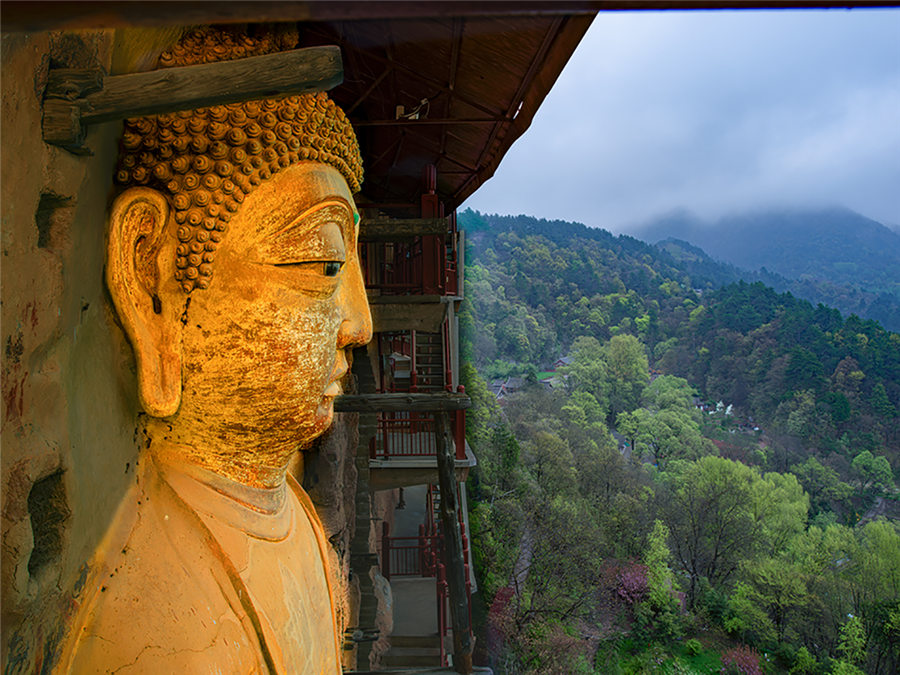
The Mogao Grottoes in Dunhuang stands as a remarkable testament to the cultural heritage of the ancient Silk Road. Being the world's largest and most complete preserved treasure house, the Mogao Grottoes now has 735 caves preserved, boasting 45,000 square meters of murals and over 2,000 colored sculptures. It was listed as a World Cultural Heritage site in 1987.
Hailing from the Dunhuang Academy, Wu Jian, a dedicated photographer, employs not just cameras but also the art of light and shadow to convey the historical essence of these cultural treasures.
Under the guidance of photography master Li Zhenbo, Wu began his journey into the realm of artistic photography at the academy in 1981. Over time, he came to perceive the murals and sculptures within the caves as representations of actual people. Photography, he realized, transcends mere documentation, evolving into an art form that employs light and shadow to convey feelings. It melds artistry, scholarly pursuits and technical prowess into one harmonious whole.
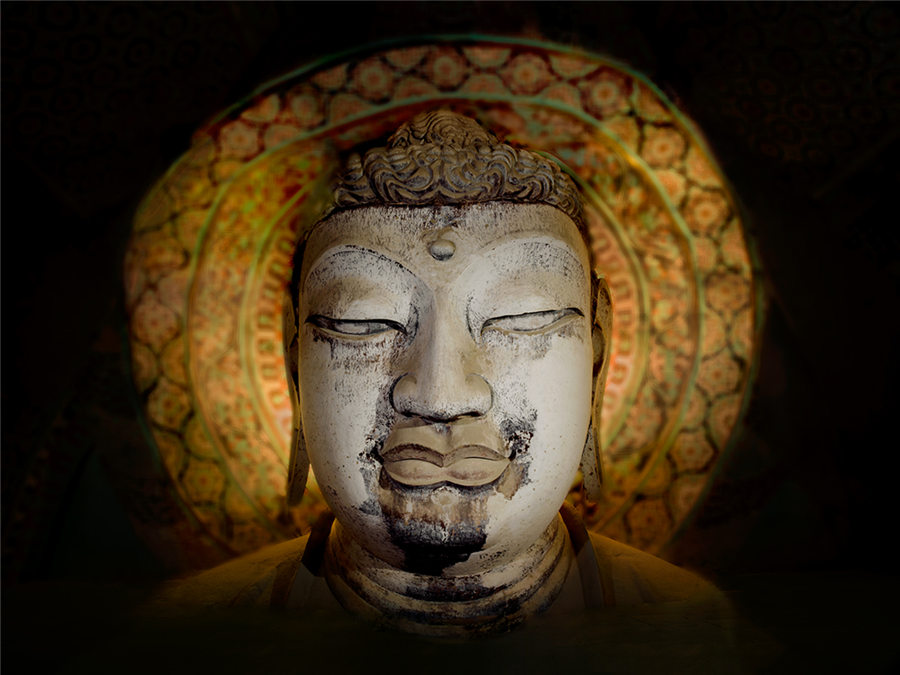
From the Big Wild Goose Pagoda to Longmen and the Yungang Grottoes, Pamirs plateau, the Hashun Gobi desert, and even the icy peaks of glaciers, Wu Jian has been unwaveringly exploring his style of cultural relic photography. His photographic works not only provide accurate visual records for academic research on cultural relics, but also contribute an extremely precious visual testament to the dissemination and promotion of the splendid culture along the Silk Road.
Moreover, Wu also participated in the "Digital Dunhuang" project, leading his team to accomplish high-definition digital scans of 290 caves, creating panoramic experiences for 162 caves, and three-dimensional reconstruction of 45 painted sculptures and seven major sites. These endeavors are geared towards the enhanced preservation of the Dunhuang grottoes.
Recently, Wu Jian's photographic works were exhibited at the National Art Museum of China in Beijing.
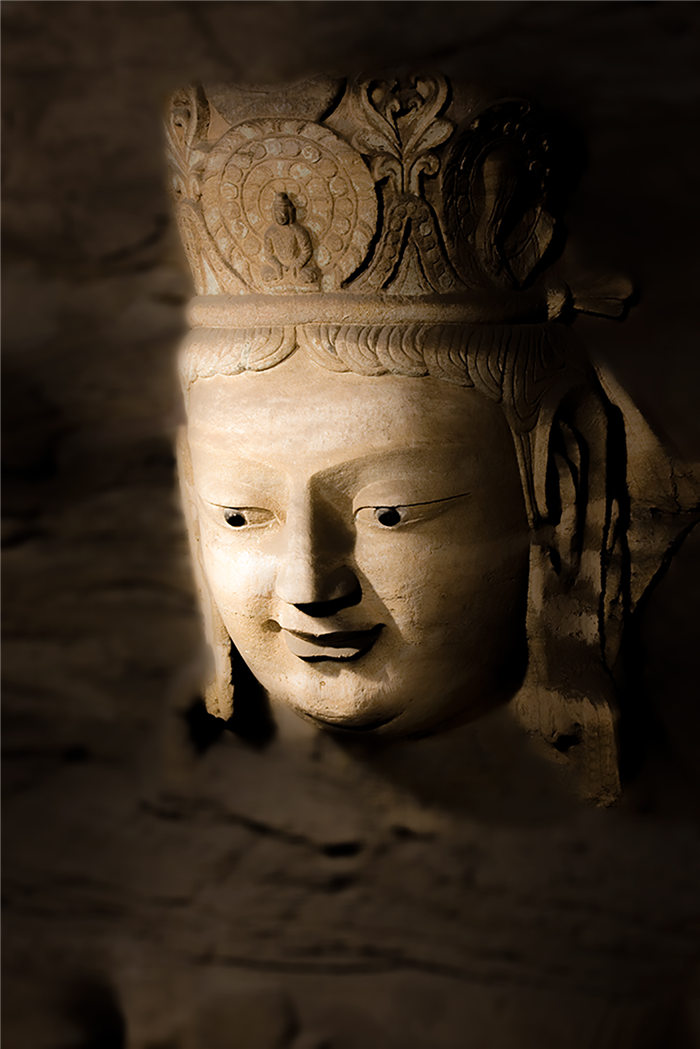
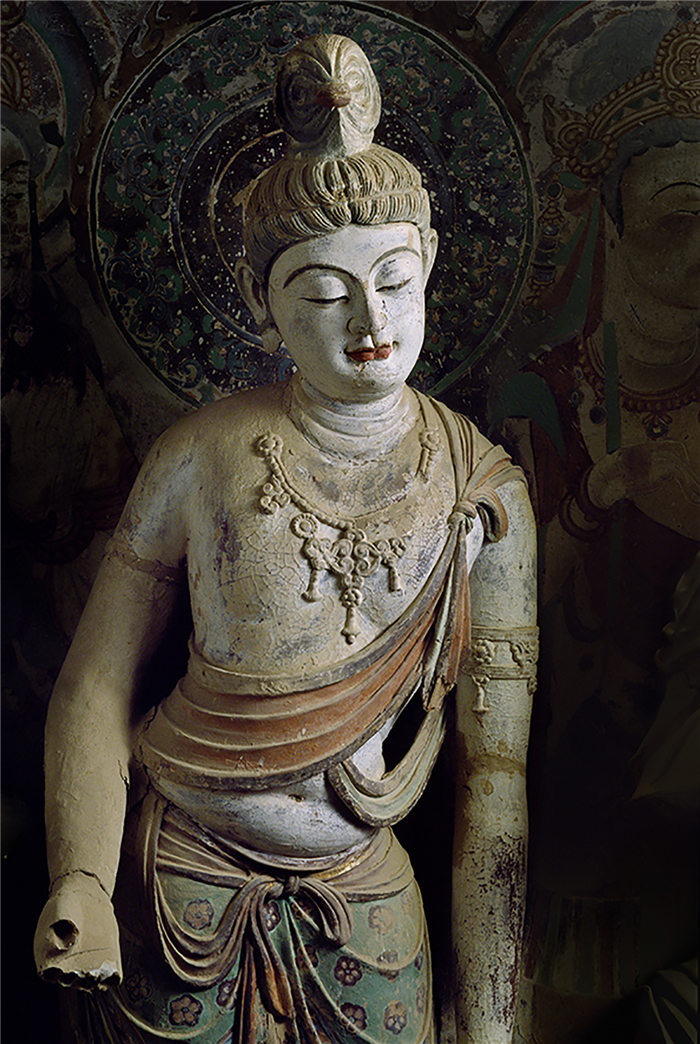
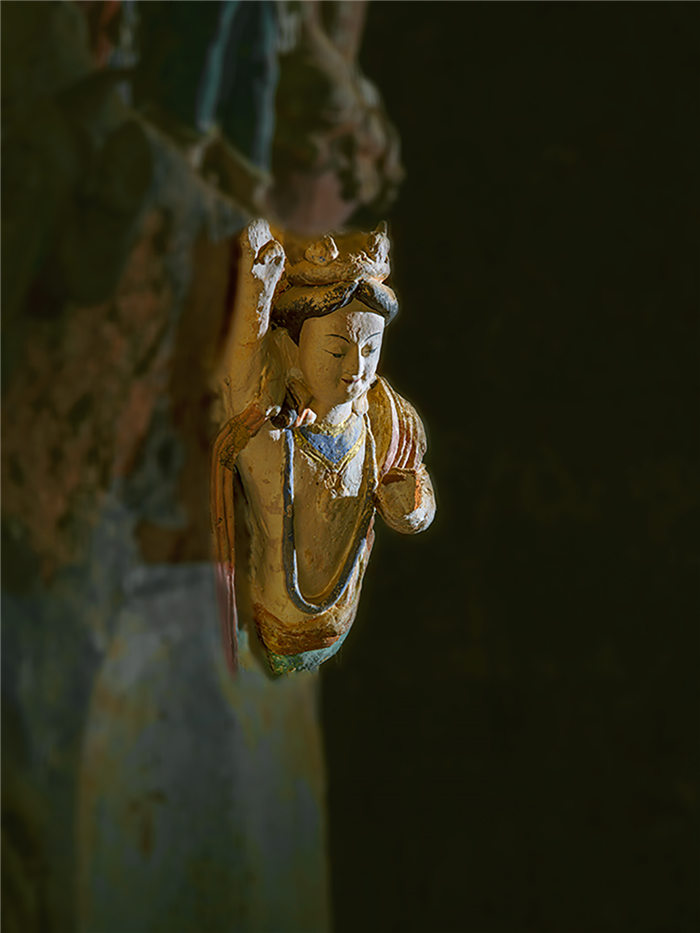
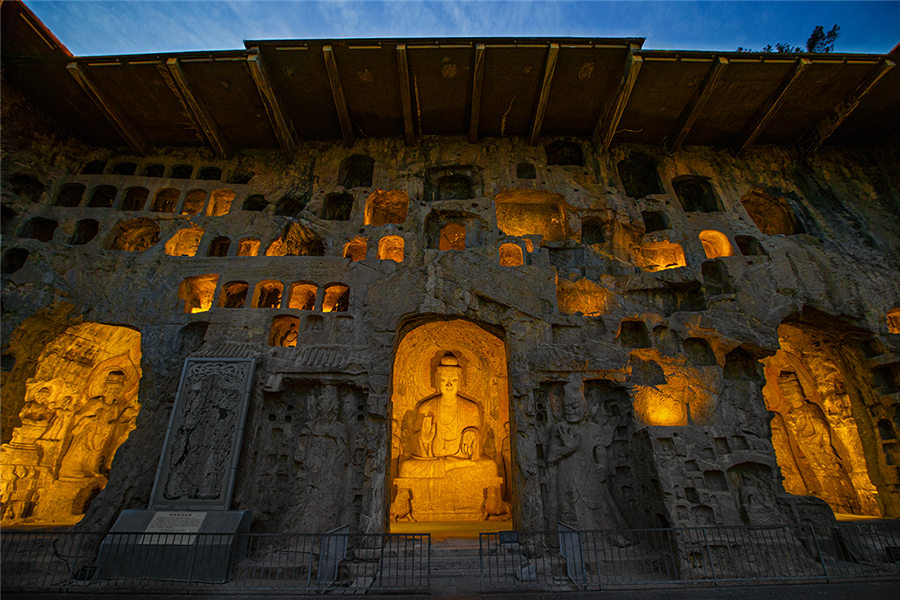
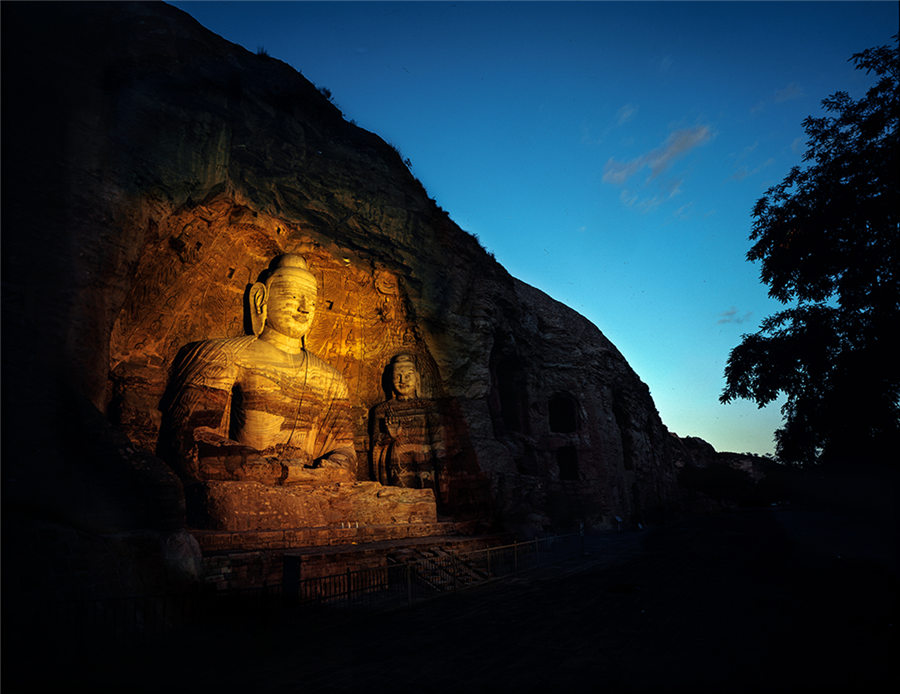
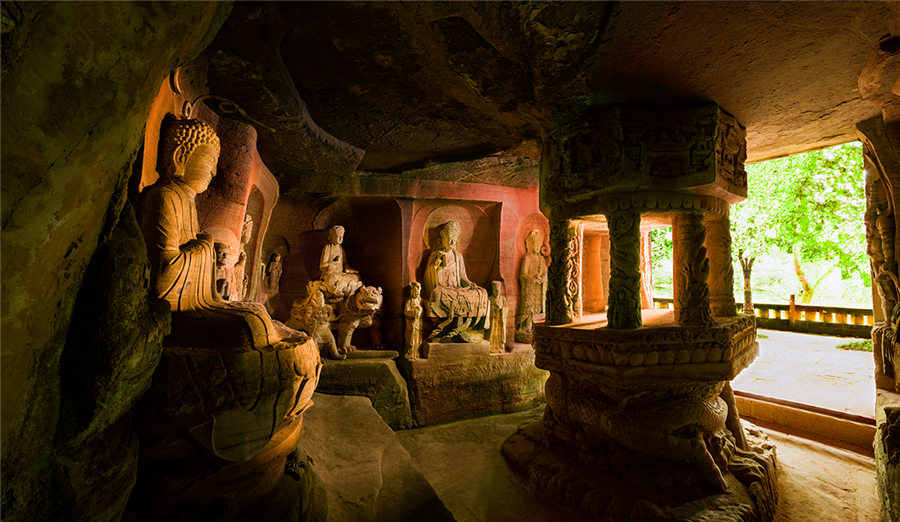
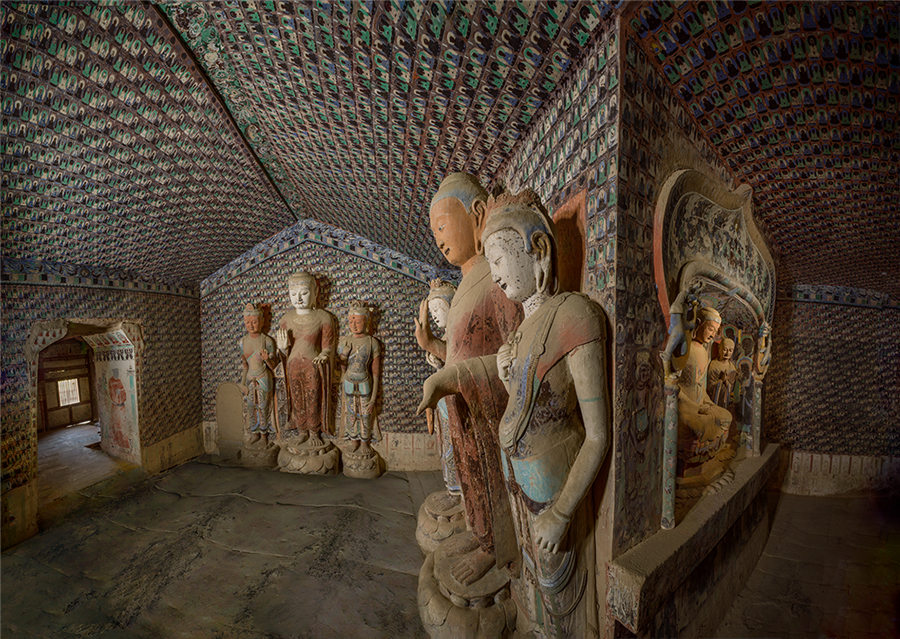
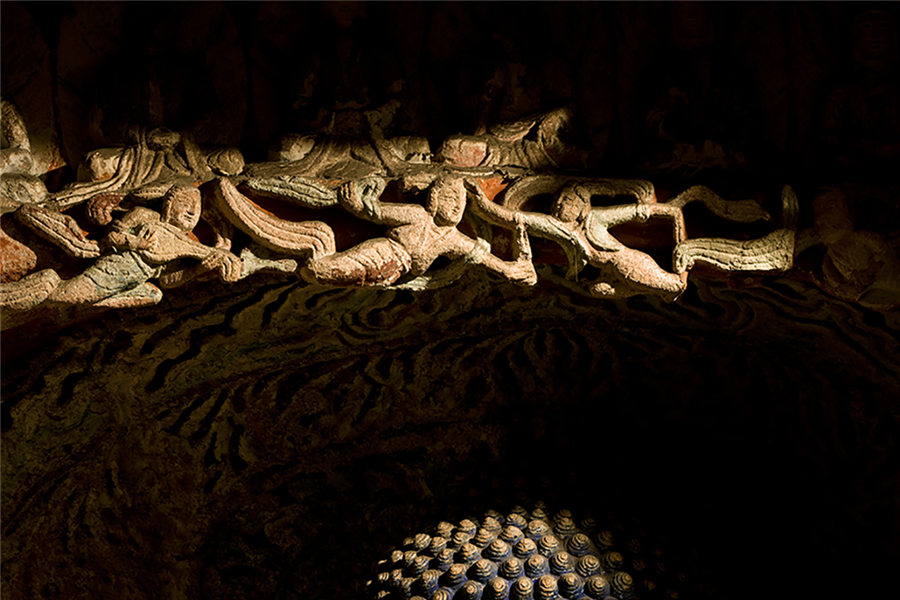
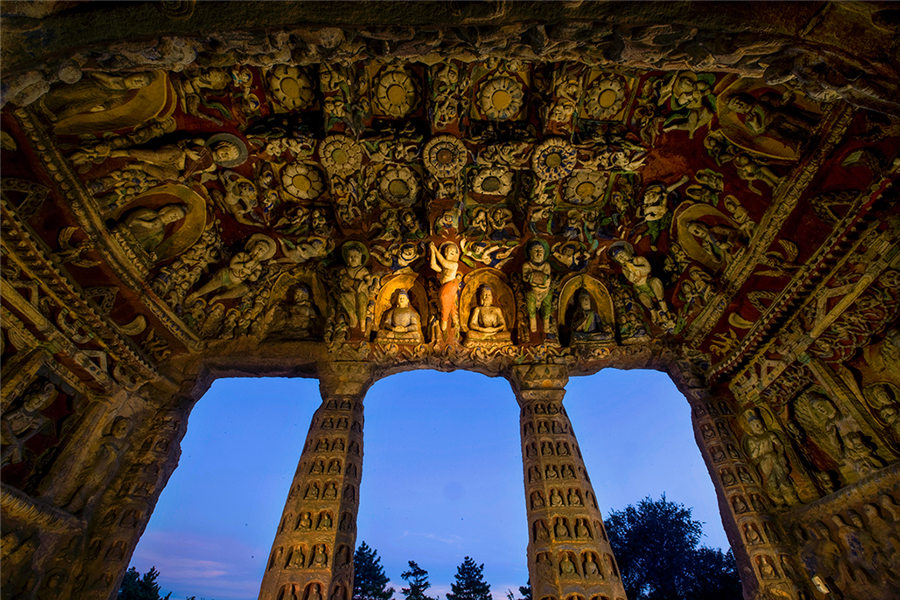
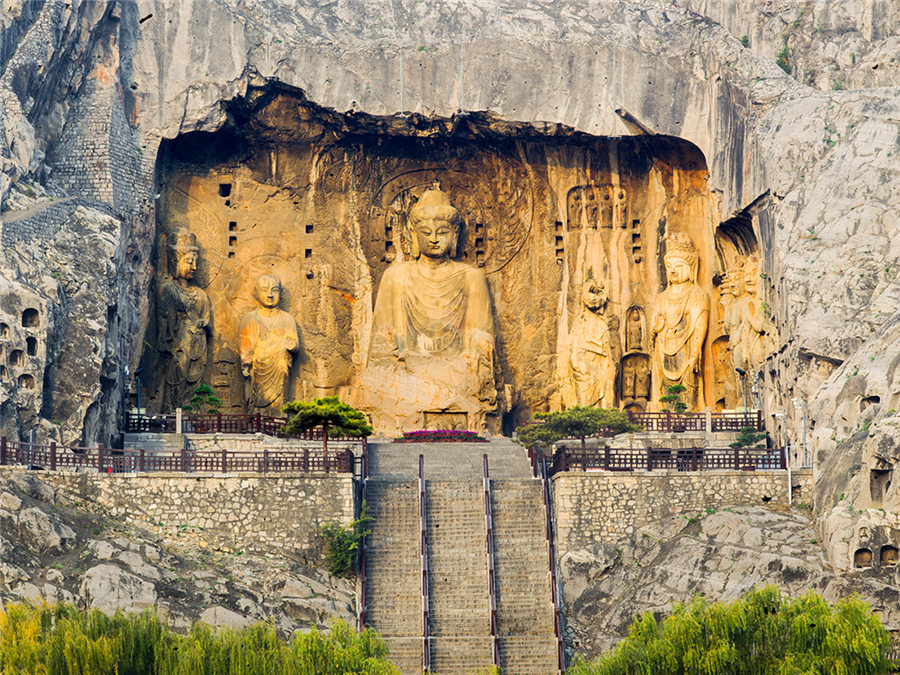
Category: English
DepthReading
Key words:
